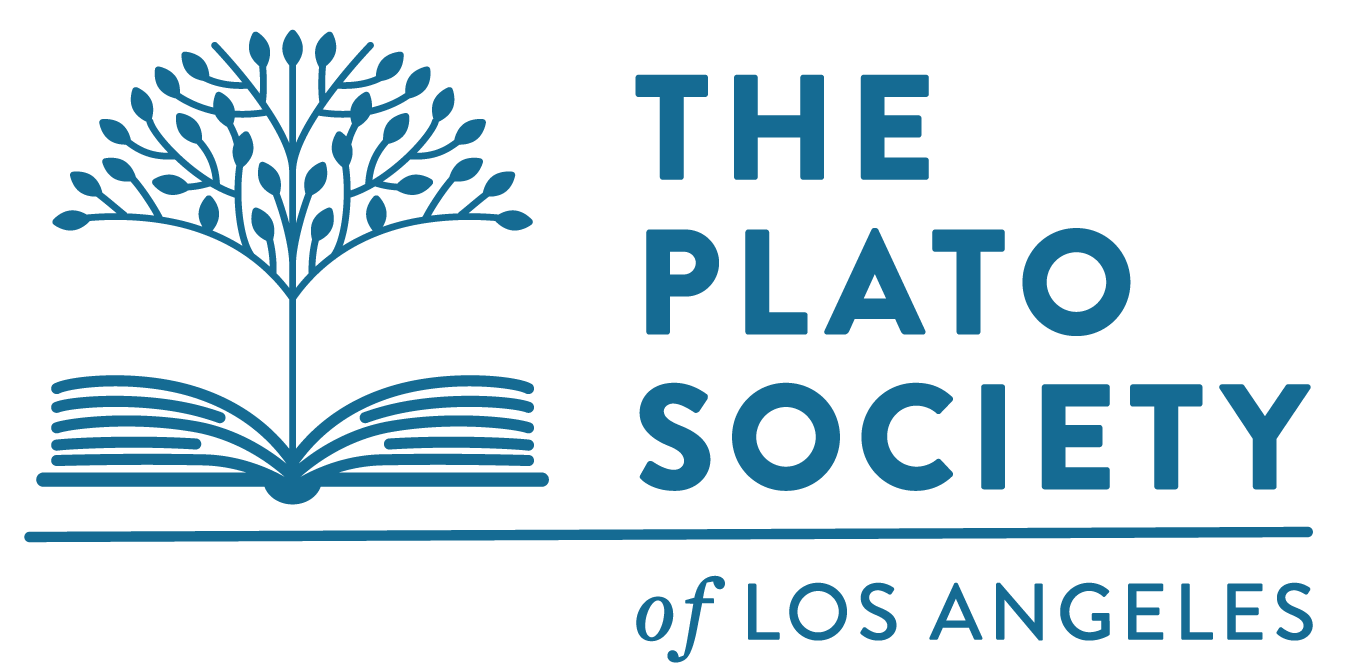The Civil Rights Movement of the 1950s and 1960s was a pivotal era in American history, marked by significant social and political change. It led to landmark legislation, including the Civil Rights Act of 1964 and the Voting Rights acts of 1965. It inspired a generation of artists, musicians and writers and helped to create a new sense of identity and pride among Black and other marginalized groups. The struggle for equality, justice and human rights continues today and by studying the historical events we can perhaps better understand some of the issues of today such as voting rights, racial justice and police reform.
Julian Bond (1940-2015) was a civil rights activist and leader, a founder of the Student Nonviolent Coordinating Committee, veteran Georgia state Representative and Senator, and, for over two decades, taught a master class at the University of Virginia on the history of the Civil Rights Movement. His teaching assistants gathered his lectures and, in 2021, published Julian Bond's Time to Teach, A History of the Southern Civil Rights Movement.
For this SDG, we, too, will take Bond’s class by reading and discussing his lectures in Time to Teach. In these 22 chapters we will learn what Bond wanted his students to learn: “to see the movement in its full complexity, to understand what it took – the strategy and the organizing, the many many people who pushed it forward and the many, many people who stood in its way – was necessary to understanding our one way forward.” The class begins with the founding of the NAACP, the impacts of World War II and the Supreme Court’s landmark Brown decision. It continues with boycotts, marches, freedom rides and carries us through the anti-Vietnam War and Black Power Movements. To teach about the Southern civil rights movement was a way to carry it forward to a new generation and [Bond] thrilled to this. It was a way to disrupt the stultifying, politically convenient myths – the master narrative – that had grown around the movement. That narrative, Bond quipped, reduced the movement to “Rosa sat down, Martin stood up, then the white folks saw the light and saved the day.”
In addition to Time to Teach, we will use Taylor Branch’s The King Years, Historic Moments in the Civil Rights Movement which is a compact edition of his historical trilogy on America in the King Years. We will also supplement our reading with articles and videos such as the outstanding 14 part documentary Eyes on the Prize: America’s Civil Rights Movement, narrated by Julian Bond.




